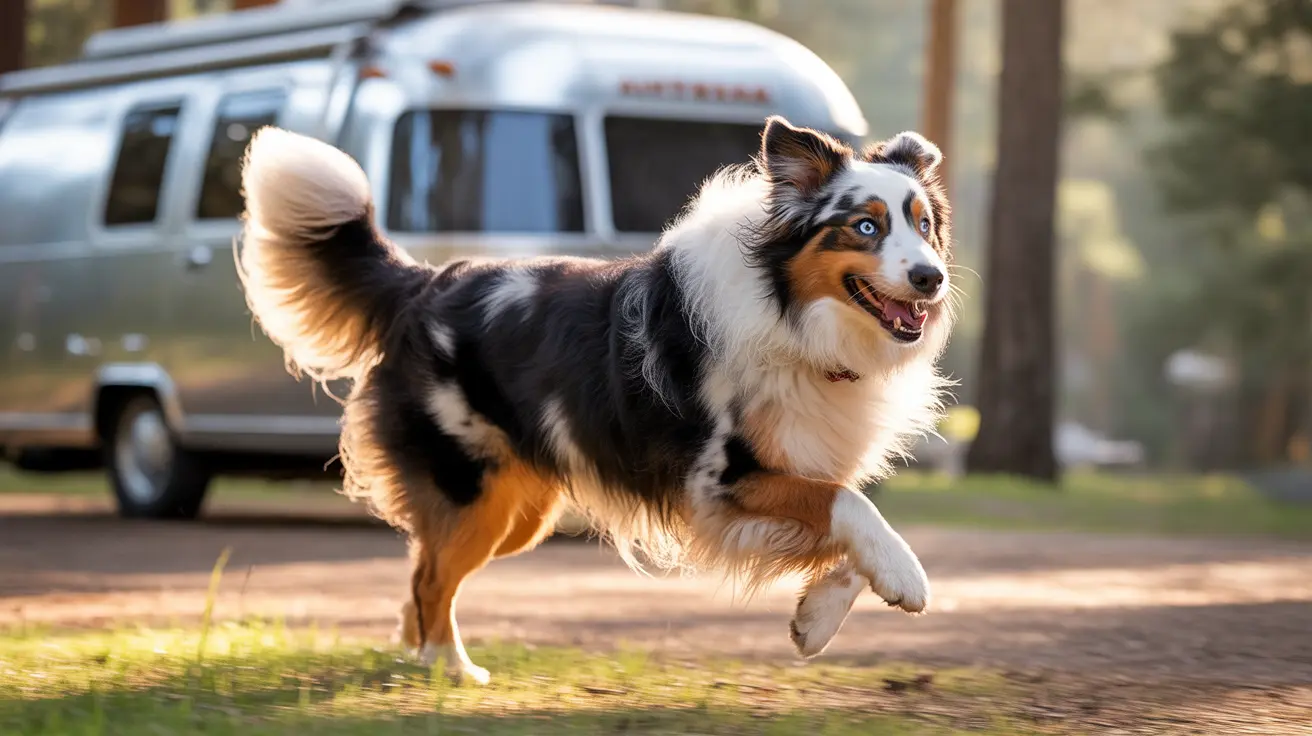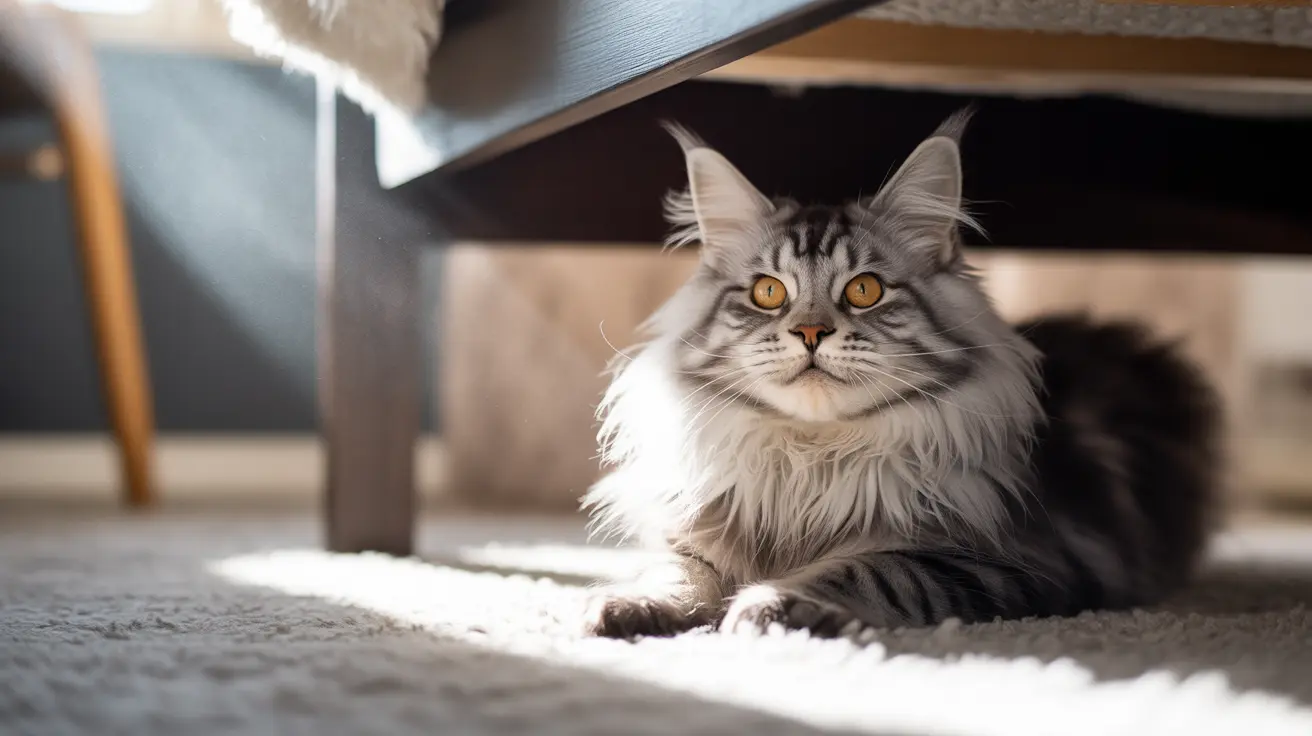Is the Alaskan Klee Kai a Purebred Dog?
The term "purebred" refers to dogs that come from a lineage of the same breed and are typically recognized by major kennel clubs. When it comes to the
Alaskan Klee Kai, things are a bit more nuanced. Though it possesses a uniform breed standard and is selectively bred, it does not have the same historical status as traditional purebred breeds.
Origins and Development
The
Alaskan Klee Kai was developed in the 1970s by
Linda Spurlin in Alaska. Her goal was to produce a
smaller companion dog that retained the appearance and temperament of larger Arctic breeds like the
Siberian Husky and
Alaskan Malamute. To achieve this, she used a combination of:
- Alaskan Huskies
- Siberian Huskies
- American Eskimo Dogs
- Schipperkes
This combination means that the Alaskan Klee Kai did not start as a purebred dog in the traditional sense. However, as breeding progressed and standardized traits were established and maintained, the breed began to evolve into a distinct and consistent type.
Breed Recognition
In 2020, the
American Kennel Club (AKC) accepted the Alaskan Klee Kai into its
Foundation Stock Service, a step toward full recognition. This recognition affirms the breed’s established characteristics and controlled breeding program, though it still doesn't place it in the same category as century-old purebred breeds.
Physical Traits
Alaskan Klee Kai are known for their striking resemblance to larger Huskies but in a much smaller frame. Key features include:
- Wedge-shaped head
- Erect triangular ears
- Symmetrical facial masks
- Double-layered coat in black/white, gray/white, or red/white
- Compact build and defined size categories: Toy, Miniature, and Standard
Despite their small size, these dogs are sturdy and athletic, aligning well with their working-dog ancestry.
Temperament and Behavior
The breed was selectively bred to be a well-rounded and manageable companion dog. Alaskan Klee Kai are generally:
- Intelligent and quick learners
- Energetic with high stamina
- Aloof with strangers but loyal to family
- Vocal and expressive
These dogs thrive in active households with owners who can provide both physical and mental stimulation.
Grooming and Maintenance
Alaskan Klee Kai have comparatively low grooming needs for a double-coated breed. Grooming tips include:
- Weekly brushing (daily during shedding seasons)
- Regular nail trims
- Routine ear cleaning and dental care
- Occasional baths
They tend to be clean and fastidious, similar to cats, and do not have a typical doggy odor.
Health Considerations
While generally healthy, the breed can be prone to certain hereditary issues:
- Patellar luxation
- Autoimmune thyroiditis
- Heart murmurs
- Juvenile cataracts
- Factor VII deficiency
Prospective owners should look for responsible breeders who screen for these conditions to ensure the best outcomes.
Training and Socialization
This breed requires
positive reinforcement-based training due to its intelligence and sensitivity. Early socialization is essential to make them well-adjusted adults. Despite their eagerness to learn, they can be stubborn and may attempt to escape enclosures.
Nutrition and Lifestyle
A balanced, high-quality diet appropriate to the dog’s age and activity level is vital. Because they are small and energetic, overfeeding can lead to obesity. Owners should monitor treats and manage daily exercise routines to prevent health issues.
So, Is the Alaskan Klee Kai Purebred?
Based on traditional breed definitions, the Alaskan Klee Kai is
not a purebred in the historical sense but is a
well-established, selectively bred breed with consistent features and temperament. Its inclusion in the AKC Foundation Stock Service signals the breed’s trajectory toward eventual full purebred status.
Conclusion
The Alaskan Klee Kai may not have ancient roots like some other breeds, but it is a thoughtfully designed and refined breed ideal for active, dedicated dog lovers. While not originally a purebred dog, the consistency in its traits, health screening, and breed standards marks it as a breed of distinction and growing legitimacy in the canine world.





